Water mist fire suppression systems capitalizes the extinguishing properties of water and amplifies them for extreme fire suppression capabilities. Water droplets are atomized to increase surface area to absorb heat quicker, thus using significantly less water.
Fire Supression Systems Association
posted this on February 26, 2024
The next video blog in the FSSA NFPA 855 Series is now available! The future looks promising with the rise of Lithium Iron Phosphate (LFP) batteries and hydrogen fuel cells on the horizon. Exciting..Read More















